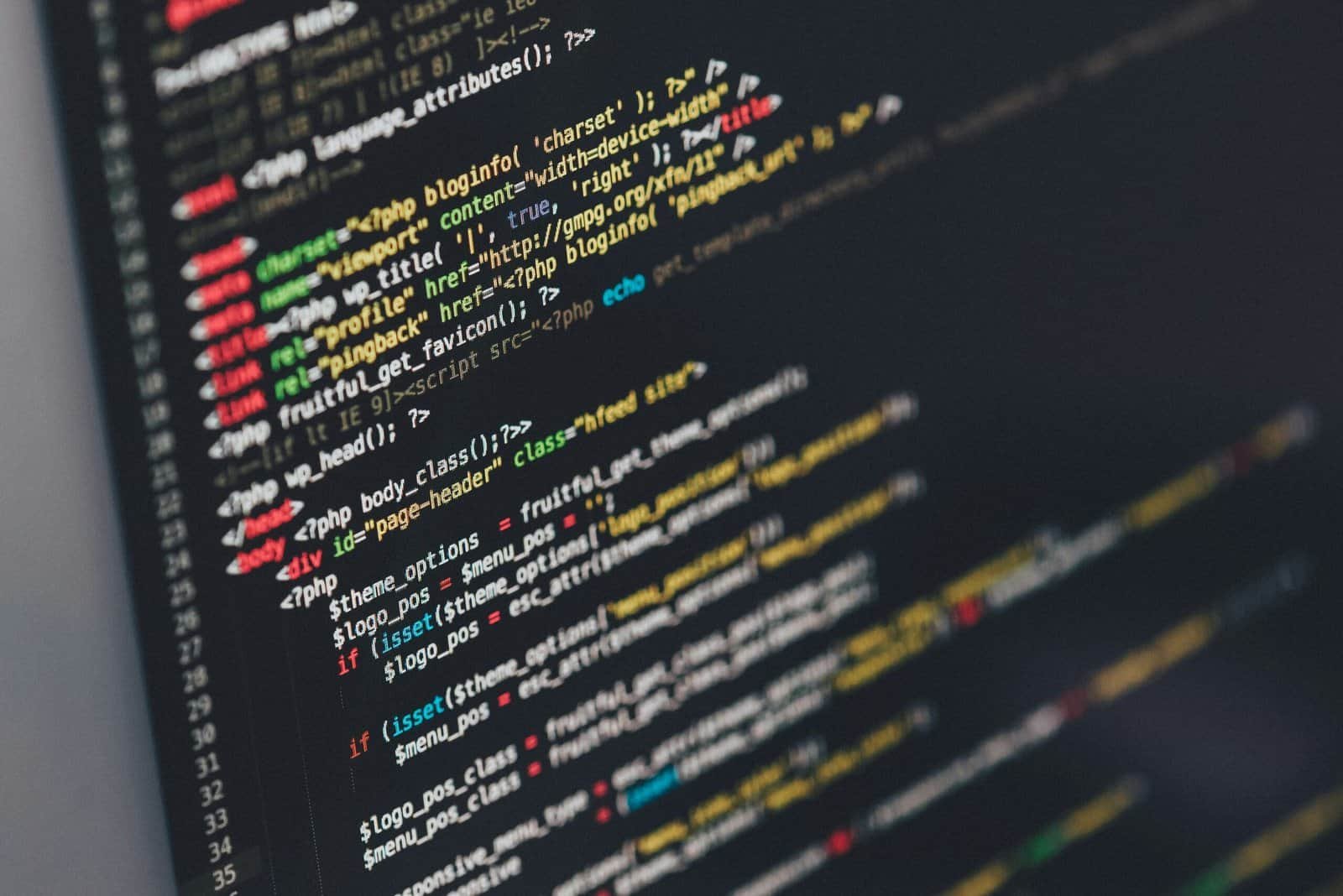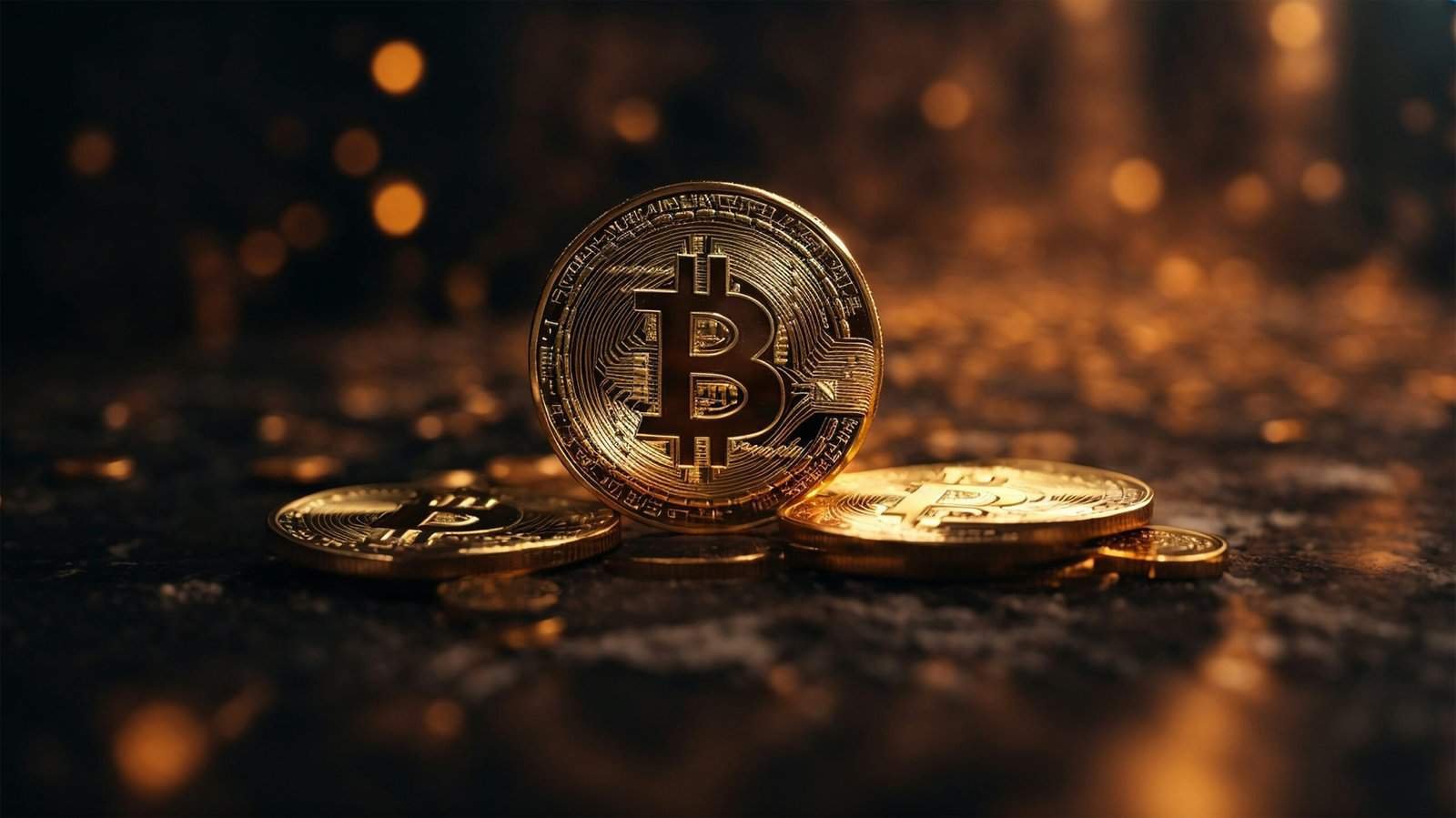Have you ever wondered what it would be like to have complete control over your financial interactions without the intervention of banks or intermediaries? In today’s rapidly evolving digital age, decentralized applications, or dApps, are creating a buzz in the realm of financial services. If you’re curious about harnessing the power of these innovative tools, you’ve come to the right place. Let’s embark on a journey to understand how you can utilize dApps to revolutionize your financial dealings.
Understanding Decentralized Apps (dApps)
Decentralized applications, commonly known as dApps, are digital applications that run on blockchain technology. Unlike traditional apps, which are managed by a central authority, dApps operate on a decentralized network, ensuring transparency, security, and resilience.
What Are dApps?
At their core, dApps are programs that execute on a distributed network. They leverage smart contracts, self-executing contracts with terms directly written into code, to perform secure and automated transactions. This autonomy allows them to offer unmatched privacy and control over personal data and transactions.
Benefits of Using dApps
Why should you consider using dApps? Here are some compelling benefits:
- Transparency: Blockchain’s ledger is open for everyone to see, ensuring that transactions are transparent and immutable.
- Security: With no central point of failure, dApps offer enhanced security against fraud and cyber attacks.
- Cost Efficiency: By eliminating intermediaries, you can save on fees that typically burden traditional financial services.
- User Empowerment: Full control over your assets and personal data.
The Architecture of dApps
To truly appreciate the potential of dApps, it’s essential to grasp their underlying architecture. Although each application may differ, there are some common elements that bind them together.
The Role of Blockchain
Blockchain technology is pivotal in the operation of dApps. As a decentralized, distributed ledger, blockchain records every transaction made within the network. This ensures that all dApp activities are secure, transparent, and verifiable.
Smart Contracts: The Backbone of dApps
Smart contracts are the foundational elements that drive dApps. These pre-defined agreements automate and facilitate transactions without the need for an intermediary. Think of them as digital agreements that automatically enforce terms when predefined conditions are met.

Accessing dApps for Financial Services
Transitioning to using dApps in your financial activities might seem daunting, but with the right steps, it can be straightforward and rewarding.
Setting Up a Digital Wallet
The first move in your journey with dApps is setting up a digital wallet. This serves as your interface with the blockchain, allowing you to store and manage cryptocurrencies needed to interact with dApps.
- Choose a Wallet: Decide between software wallets (e.g., MetaMask, Trust Wallet) and hardware wallets (e.g., Ledger, Trezor) based on your needs for convenience and security.
- Set Up Security: Ensure robust security by using strong, unique passwords and enabling two-factor authentication.
- Backup Your Wallet: Always back up your wallet’s seed phrase in case you need to recover access.
Selecting the Right dApp
With numerous financial dApps available, selecting one that matches your needs is crucial.
- Research: Explore different dApps, check user reviews, and evaluate their credibility.
- Functionality: Consider what functionalities you require, such as lending, borrowing, or investing.
- User Interface: A user-friendly design can significantly enhance your experience.
Financial Services Through dApps
Let’s delve into specific financial services where you can leverage dApps to your advantage. From payments to investments, the scope is vast and thrilling.
Peer-to-Peer Payments
dApps empower you to send money directly to others without intermediaries. This peer-to-peer system can significantly reduce costs and time delays.
- Instant Transactions: Send and receive payments instantly without traditional banking hours.
- Global Reach: Engage in cross-border transactions effortlessly, with lower fees and currency exchange rates.
Lending and Borrowing
Decentralized finance (DeFi) platforms allow you to lend or borrow digital assets with ease, often offering better rates than traditional banks.
- Decentralized Lending Pools: Join lending pools to earn interest on your cryptocurrency holdings.
- Smart Contract Loans: Obtain loans secured by smart contracts, ensuring collateralized lending without credit checks.
Investing with dApps
Make informed investment decisions using dApps, which provide innovative ways to diversify and manage your portfolio.
- Tokenized Assets: Invest in tokenized versions of real-world assets like real estate and commodities.
- Decentralized Exchanges (DEXs): Trade cryptocurrencies directly with other users on DEXs, often offering better liquidity and security.

Challenges and Risks of Using dApps
Despite their many advantages, dApps come with unique challenges that you should be aware of before diving into their ecosystem.
Security Concerns
While dApps offer enhanced security, vulnerabilities in smart contracts or underlying protocols can pose risks. It’s crucial to stay informed about these issues and select platforms with a proven security track record.
Regulatory Uncertainty
Due to their decentralized nature, dApps sometimes operate in a gray area concerning regulation. Stay updated on potential changes in your jurisdiction that might affect how you use these platforms.
User Responsibility
The very autonomy that makes dApps attractive also necessitates greater responsibility on your part. Unlike traditional financial services, there is no intermediary to turn to in case of errors or fraud.
Getting Started Safely with dApps
Taking cautious steps is key to safely integrating dApps into your financial life.
Conduct Thorough Research
Always conduct comprehensive research before using any dApp. Evaluate the team behind it, its security audits, and community feedback.
Start Small
Begin with small transactions and gradually increase your involvement as you gain confidence and understanding of the platform and its processes.
Stay Informed
The world of dApps is constantly evolving. Keep abreast of the latest trends, technologies, and regulations to make informed decisions.

The Future of Financial Services with dApps
Looking ahead, the evolution of dApps is poised to reimagine the financial landscape. What could be next on the horizon?
Mass Adoption
As familiarity and trust grow, more individuals and businesses are likely to embrace dApps for their financial dealings.
Technological Innovations
The rapid pace of innovation in blockchain technology suggests that dApps will become more efficient, user-friendly, and accessible.
Regulatory Frameworks
As governments and authorities catch up with the technology, clearer regulations are expected, which could provide a more stable environment for growth.
Conclusion
In an era where control over personal finances is shifting from traditional systems to the hands of individuals, dApps present an exciting opportunity. By embracing decentralized financial services, you can tap into a new level of autonomy and potential. All it takes is a bit of curiosity, caution, and exploration of the tools at your disposal. Remember to stay informed, tread carefully, and you might find that dApps can indeed transform the way you manage and perceive your financial future.

